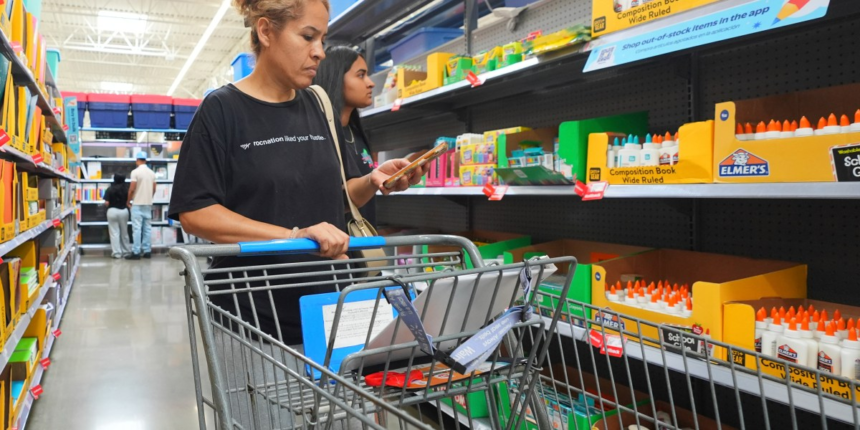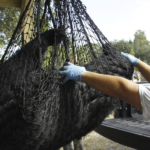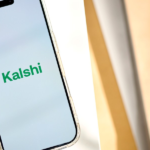Miami resident Jacqueline Agudelo, 39, was one of the early birds who started shopping for school supplies in June because she wanted to get ahead of possible price increases from new U.S. tariffs on imported products.
The teacher’s supply list for her 5-year-old son, who started kindergarten earlier this month, mandated specific classroom items in big quantities. Agudelo said her shopping list included 15 boxes of Crayola crayons, Lysol wipes and five boxes of Ticonderoga brand pencils, all sharpened.
Agudelo said she spent $160 after finding plenty of bargains online and in stores, including the crayons at half off, but found the experience stressful.
“I am overwhelmed by the need to stay on top of where the deals are as shopping has become more expensive over the years,” she said.
Many companies accelerated shipments from China early in the year, stockpiling inventory at pre-tariff prices. Some predicted consumers would encounter higher prices just in time for back-to-school shopping. Although government data showed consumer prices rose 2.7% last month from a year earlier, strategic discounting by major retailers may have muted any sticker shock for customers seeking school supplies.
Walmart is promoting a back-to-school deal that includes 14 supplies plus a backpack for $16, the lowest price in six years, company spokesperson Leigh Stidham said. Target said in June that it would maintain its 2024 prices on 20 key back-to-school items that together cost less than $20.
An analysis consumer data provider Numerator prepared for The Associated Press showed the retail cost of 48 products a family with two school age children might need — two lunchboxes, two scientific calculators, a pair of boy’s shoes — averaged $272 in July, or $3 less than the same month last year.
Shopping habits also are evolving. TeacherLists, an online platform where individual schools and teachers can upload their recommended supply lists and parents can search for them, was launched in 2012 to reduce the need for paper lists. It now has more than 2 million lists from 70,000 schools.
Users have the option of clicking on an icon that populates an online shopping cart at participating retail chains. Some retailers also license the data for use on their websites and in their stores, said Dyanne Griffin, the architect and vice president of TeacherLists.
The typical number of items teacher request has remained fairly steady at around 17 since the end of the coronavirus pandemic, Griffin said. “The new items that had come on the list, you know, in the last four or five years are more the tech side. Everybody needs headphones or earbuds, that type of thing, maybe a mouse,” she said.
Before the pandemic turned a lot more people into online shoppers, schools and local Parent Teacher Associations embraced the idea of making back-to-school shopping easier by ordering ready-made bundles of teacher-recommended supplies. An extra fee on the price helped raise money for the school.
Agudelo said her son’s school offered a box for $190 that focused on basics like crayons and notebooks but didn’t include a backpack. She decided to pass and shop around for the best prices. She also liked bringing her son along for the shopping trips.
“There’s that sense of getting him mentally prepared for the school year,” Agudelo said. “The box takes away from that.”









